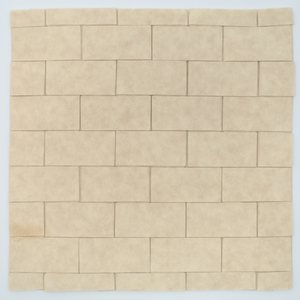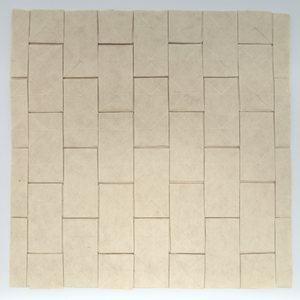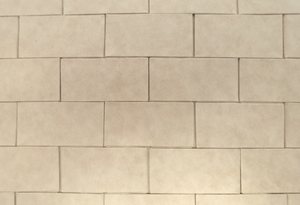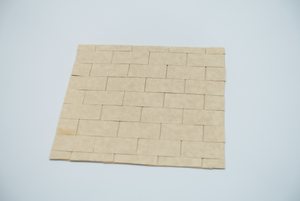Brick Wall




This classic model, often referred to by the name Momotani’s Wall, is an example of an iso-area tessellation: the front and back display the same pattern. In this design, the pattern is rotated 90° between the two sides. In order to get a clean fold, I prepared a precrease pattern (PreCP) which results in a completely clean fold on one side and some helper creases visible on the other. While getting both sides clean seems possible in theory, precreasing such a pattern for a 32×32 grid as used here would be very tedious, so one clean side is a reasonable compromise. For 16×16, making both sides clean might still be practical.
My main reason for folding this model, apart from it being a classic, is that I designed a pattern called Shifted Bricks which looks similar but has a different internal structure.
Comments